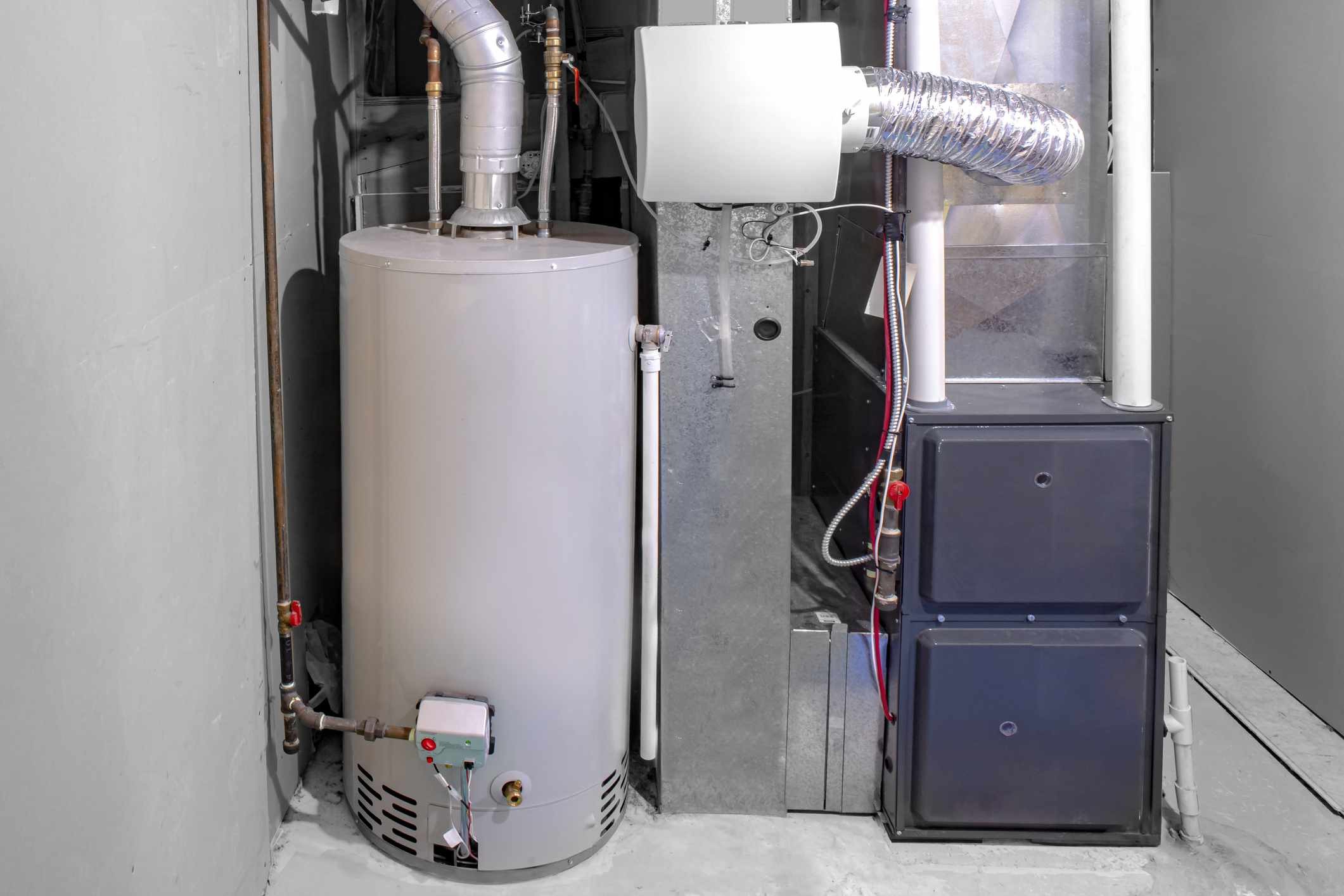Your home’s furnace is a vital part of keeping you comfortable, but like any mechanical system, it won’t last forever. Most furnaces have a lifespan of 15 to 20 years, but age isn’t the only factor. Ignoring warning signs can lead to inefficient operation, costly repairs, and even safety hazards. This guide outlines nine key indicators that it’s time to replace your furnace, ensuring comfort and peace of mind.
1. Uneven Heating
If some rooms are consistently colder than others, despite the furnace running, it suggests the system struggles to distribute heat effectively. This could stem from ductwork issues, but a failing furnace often can’t overcome the problem.
2. Strange Noises
Rattling, screeching, whistling, or booming sounds from your furnace aren’t normal. These noises indicate mechanical stress or failing components. Ignoring them can lead to a complete breakdown.
3. Yellow Flame
A healthy furnace flame should be blue. Yellow flames signal incomplete combustion, potentially caused by dirty burners or, more seriously, a gas leak. Immediately contact an HVAC professional and evacuate if you suspect a leak.
4. Excessive Dust or Soot
An accumulation of dust, dirt, or soot around the furnace suggests incomplete combustion and the release of harmful carbon dioxide. This is a sign of inefficiency and potential danger.
5. High Humidity or Condensation
Increased humidity or condensation around the furnace could indicate airflow issues or a cracked heat exchanger. A cracked heat exchanger can leak dangerous carbon monoxide.
6. Water Leaks
Leaks from the condensate line are common but fixable. However, if the leak persists after repair, it could signal a cracked heat exchanger, requiring immediate professional attention.
7. Rising Energy Bills
A sudden spike in heating costs, even with consistent thermostat settings, suggests the furnace is losing efficiency. A failing unit forces itself to work harder, driving up energy consumption.
8. Frequent Short Cycling
Short cycling—when the furnace turns on and off rapidly—stresses the system and reduces efficiency. It can be caused by a dirty flame sensor, but persistent short cycling suggests deeper issues.
9. Recurring Repairs
If you’re constantly patching up your furnace instead of replacing it, it’s time to cut your losses. Recurring repairs indicate the unit is nearing the end of its life.
How Long Does a Furnace Last?
Furnace lifespan depends on several factors, including:
- Make and Model: Higher-quality furnaces last longer.
- Size: An improperly sized furnace wears out faster.
- Installation: Poor installation leads to premature failure.
- Location: Extreme temperatures can shorten lifespan.
- Thermostat Settings: Overworking the furnace reduces lifespan.
- Maintenance: Regular maintenance extends lifespan.
Maximizing Furnace Lifespan
- Regular Maintenance: Annual inspections and filter replacements.
- Professional Inspections: Catch issues before they become major.
- Upgrades: Replace failing parts promptly.
- Prompt Repairs: Address problems immediately.
Determining Furnace Age: Check the model and serial number on the unit. Contact the manufacturer for age verification.
Ignoring warning signs can lead to inefficient operation, costly repairs, and even safety hazards. If your furnace exhibits multiple symptoms, it’s time to replace it. A new, efficient furnace will save you money, improve comfort, and ensure a safe heating system for years to come
